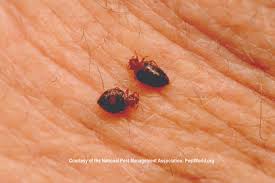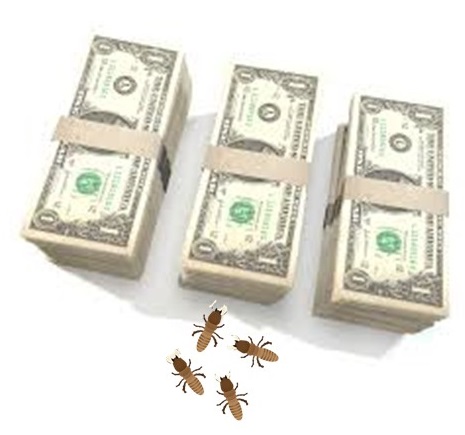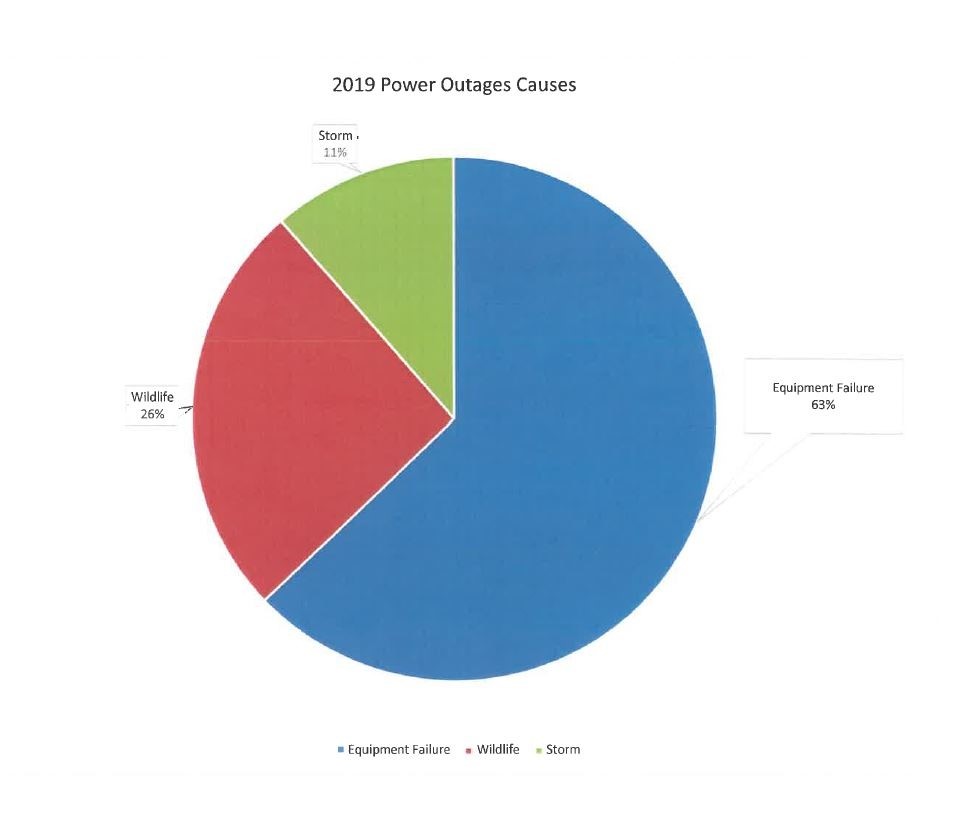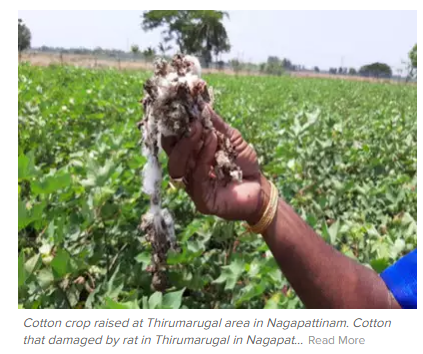
Going to the hospital is already a stressful situation, and it can be even worse when you find out that you’ve been exposed to bed bugs there.
A hospital, with the constant movement of patients, employees, staff, and visitors offers many opportunities for the introduction of bed bugs.
The bedbug can live without blood — its food source — for up to 18 months. “Females can lay up to 4 eggs a day in hidden locations; up to 5 to 10 a week and up to 500 in her lifetime,” according to Eisenberg.
Sighting bedbugs in your hospital facility can affect the reputation and defame a brand.
Dealing with a possible bed bug infestation in a healthcare facility is a delicate situation. It must be made clear that a bed bug problem can happen to anyone and anywhere. Also, rectifying the situation is contingent on the cooperation of all parties. Help your employees, patients, and residents feel comforted by the fact that your healthcare facility has a bed bug control plan in place.
Northern Ireland hospitals record 3,000 incidences of rats, mice and insects

Pest controllers were called out hundreds of times to Northern Ireland hospitals last year due to infestations of rats, mice and bedbugs
By Ralph Hewitt
December 26 2019
Pest controllers were called out hundreds of times to Northern Ireland hospitals last year due to infestations of rats, mice and bedbugs.
Rodents and insects were spotted in A&E departments, hospital wards and even kitchen and dining areas.
In total more than 3,000 pest sightings were reported at hospital facilities during the last three years.
The Belfast Trust, the biggest health trust, recorded the highest number of pest sightings – 1,381 across the three years.
The South Eastern Trust had a further 588 reports, while the Northern Trust had 524 sightings.
The Western Trust had 429 sightings, while a further 93 reports were recorded at the Southern Trust.
Mom says bedbugs found at Hendersonville hospital
- Nancy Amons
- October 22, 2019
HENDERSONVILLE, TN (WSMV) – Bedbugs in a hospital room?
One mother, who just had a baby in a Sumner County hospital, said bedbugs bit her 11-year-old daughter in the hospital’s labor and delivery suite.
The mom said the suite had a couch on it and she said that’s where she saw the bedbugs that she said bit her daughter.
Jamie Turner had just given birth to her third child on Oct. 16 at TriStar Hendersonville Hospital. That’s where she said she took a picture of a bedbug crawling on her 11-year-old daughter. She said the girl was sleeping on the couch in the same room where she had just given birth.
“I thought it was very disgusting to see the bugs there, period,” said Turner. “I just had a baby and that’s one of the things you wouldn’t think of to run across, to have bedbugs in the room with a newborn baby.”
You can see bumps in her 11-year-old daughter’s face. There are marks on her arm too.
“She was complaining about itching,” said Turner.
With bed bugs come a multitude of business challenges, including employees and patients returning to their homes with bed bugs, cost of treatment and the impact bed bugs can have on your brand. Although bed bugs don’t transmit diseases to their victims, they can put patients at risk. The presence or even the suspicion of bed bugs can be very stressful. Bed bugs can also leave an itchy welt on their victims, which may become infected and pose a threat to sensitive patients.
At C Tech Corporation, we manufacture a product named Termirepel™ which is an anti-termite and insect repellent. The product works on the mechanism of repellence and does not kill the target species but repel them. The product is effective against a broad spectrum of insects and does not cause any harm to humans and other non-target species.
Termirepel™ is available in the form of a spray, liquid concentrate, lacquer, wood polish additive, and masterbatch.
The Termirepel™ insect repellent spray is an easy to use product and compatible with most of the surfaces.
The liquid concentrate can be mixed in paints in a pre-determined ratio and be applied to the interior and exterior of hospitals, ceilings, storage rooms, doctor’s cabin, pharmacy, washrooms, canteens, etc. to repel bedbugs and other insects from the area required.
Our product in the form of lacquer can be directly applied to the already installed application such as furniture, attics, wooden articles, sewage pipes, wires, cables, etc. The lacquer is compatible with most of the surfaces like metal, wood, concrete, polymer, ceramic, etc.
Masterbatch can be incorporated into polymeric applications like water pipes, wires, cables, polymeric equipment from hotels, etc. This would result in the final application being insect repellent.
Our product is RoHS, RoHS2, RoHS3, APVMA, NEA, EU BPR compliant and FIFRA exempted.
Hence by using Termirepel™ in the hospitals, you can get rid of the bedbugs and other insects and thereby making a pleasant stay for the guests.
You may also use our CombirepelTM product which is all in one pest repellent effective in repelling rodents, insects, and birds.
Contact us at technical.marketing@ctechcorporation.com if you’re facing problems with pests and get best remedies to combat the pest menace.
Also, visit our websites:
http://www.ctechcorporation.com/
http://www.rodrepel.com/
http://www.termirepel.com/
http://www.combirepel.com/
Follow our Facebook pages at:
1] https://www.facebook.com/Combirepel-411710912249274/
2] https://www.facebook.com/Termirepel-104225413091251/
3] https://www.facebook.com/Rodrepel-120734974768048/
Follow us on our Twitter pages at:
1] https://twitter.com/rodrepel
2] https://twitter.com/termirepel
3] https://twitter.com/combirepel

















